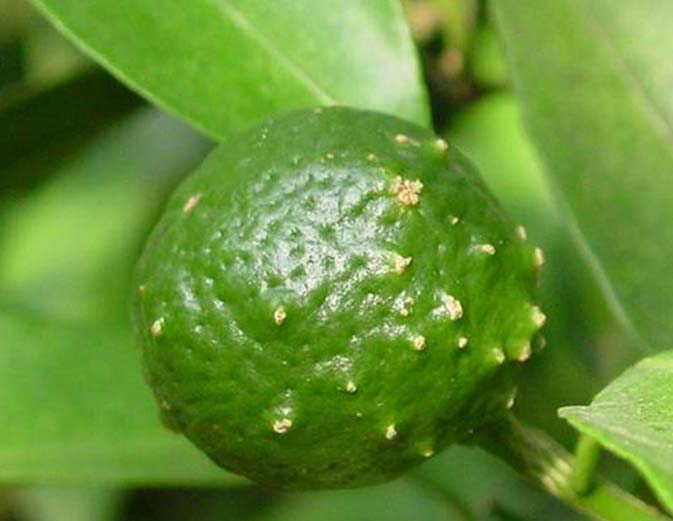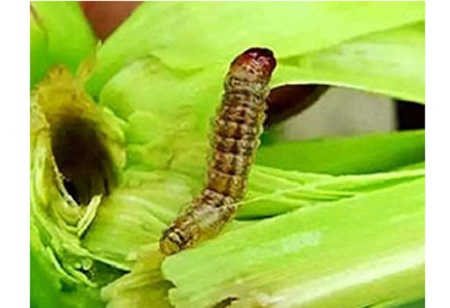
DIPRO® Difenoconazole 150g/L+Propiconazole 150g/L 300g/L EC Fungicide
Product Introduction
Product Feature
Product Feature
Advantage
Strong systemic conductivity: The major advantage of this agriculture fungicide is that it has strong systemic conductivity, strong permeability, fast disease prevention and good efficacy.
Fast-acting: one or two hours after application, it will be absorbed by the crop and transmitted to many parts of the plant such as leaves, stems and roots. With the characteristics of upward conduction, it can prevent new young leaves, flowers and fruits from being damaged and kill the germs. The disease can be fully controlled in one or two days. Especially in severe cases, the efficacy is more obvious.
Longer duration: After the spray solution is absorbed by the plant, it is relatively stable in the plant. Therefore, the duration of its efficacy is very long, generally 20 to 30 days, thus significantly reducing the number of applications.
Broader spectrum: This formulation has a wider range of disease prevention and can be widely used to control dozens of diseases such as powdery mildew, anthracnose, target spot, leaf blight, and leaf spot of crops such as melons, fruit trees, food crops, cash crops, flowers and Chinese herbal medicine. The control efficacy is better than single agents, and it is not easy to develop drug resistance.
Long-lasting effect: The spray solution adhered to the leaf surface and is not easily washout by rain, seldom evaporates from the leaves, and showcases long-lasting bactericidal activity even under high-temperature conditions.
Safer to crops: Propiconazol has a strong systemic conductivity, but it also inhibits plant growth. When the volume of application is too high, it will cause phytotoxicity and inhibit plant growth. When it is mixed with Difenoconazole at a certain ratio, the inhibitory effect on crops is weaker, greatly improving safety.
Applicable Crops
Rice, wheat, peanut, pepper, apple, citrus, grape, pear tree, etc.
Targets
It has good effects on rice blast, smut and sheath blight, apple spotted leaf disease, pear scab, anthracnose and scab of citrus, grape anthracnose and black pox, pepper anthracnose, scab, black spot and root rot, peanut leaf spot, etc.
Uses and Recommendations
Crops | Targets | Dosage | Application method |
Rice | Sheath blight | 225-300 mL/ha | Spray |
Rice | Rice blast | 300-375 mL/ha | Spray |
| Banana | Leaf spot | 1500-2500 times diluted with water | Spray |
1. Suitable application period of this product is before or at the beginning of onset of rice sheath blight, at intervals of about 10 days. Spray it thoroughly and evenly.
2. Safe interval of this product when applied on rice is 30 days and it is limited to two applications for each crop season.
3. Do not apply on windy days or when rainfall is expected within one hour.
Cautions
It has a good control efficacy on the newly infected bacteria. It is recommended to apply in time after rainfall to eliminate the bacteria as soon as possible.
This product cannot be used mixed with copper-containing agents, as the latter will reduce the sterilization ability of this product.
It is recommended to use alternately with other fungicides to delay the development of resistance of crop diseases.
This formulation is a triazole fungicide. Triazole fungicides have an inhibitory effect on crop growth except difenoconazole. Careful use at the seedling stage is required. It should be used in strict accordance with the instructions of technical requirements. Do not increase the concentration arbitrarily to avoid phytotoxicity that will inhibit crop seedling growth. It should be used safely under the guidance of plant protection technicians.



























